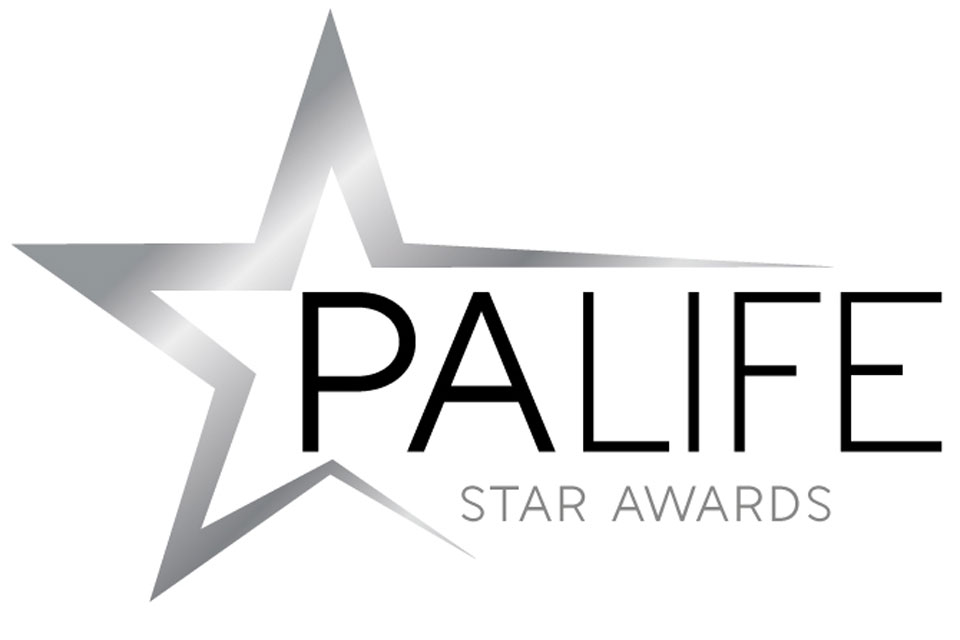Have you ever sat down at your desk, switched on your computer, opened your emails and then stared blankly at the screen not knowing what to do next? Yep, we’ve all been there. And in our increasingly ‘always on’ working world, the volume of distractions can be overwhelming.
But there is help out there – technology is most definitely our friend. So, we’ve put our collective heads together to come up with five essential apps, across mobile and desktop, that will help you cut out the noise, stay organised and get stuff done…
Get focussed with a pomodoro timer
We have a very smart Italian called Francesco Cirillo to thank for bestowing us with the pomodoro (tomato) technique for staying focussed on a task. He realised (using a tomato-shaped egg timer – geddit?) that humans are most productive in 25-minute bursts, with a five-minute break after each.
The technique requires absolute focus to work properly, so you need to be disciplined enough to turn off all notifications (that’s a topic in itself for another day), resist the urge to check emails and ignore social media for the duration of each ‘pomodoro’ period.
Luckily, there are a few pomodoro tools available that help you track the session – we use a free app called BeFocused (available for iPhone), but there are also web-based pomodoros like focusboosterapp.com that have great functionality (albeit for a premium).
Get it down with Evernote
There are literally dozens, maybe hundreds, of note-taking and organisational apps out there, but we’re yet to use one with as much functionality as Evernote. It’s been around for a long time, so feels fully featured and robust.
But most importantly it works and syncs seamlessly across desktop, tablet and mobile. This means wherever you are (online or offline) you can make a note about something (or generate a to do list, or draw a picture, or add a photo), knowing it’s going to be there waiting when you get into the office. It’s also collaborative, so you can share notes with colleagues.
The basic version is free and we think that’ll be enough for most. But if you do need extra functionality (more storage, unlimited devices, Office support, etc) you can go premium for £4.99 a month. Honourable mentions must also go to Microsoft’s OneNote and Zoho.
Get on top of email with Gmail for Mobile
Okay, full disclosure. Your choice of email client (desktop or mobile) can be a very personal and subjective decision. It can also be made for you by your company’s IT team. But, if you’re in control of your email destiny, we strongly recommend that you download and install Google’s Gmail mobile app immediately. You don’t actually need to have a Gmail account for it to work (though if you do it will be an optimised experienced) and it will change your life – available for iPhone and Android.
The set-up is very straightforward, the user interface is tidy and uncluttered, it’s quick, works offline and allows you to switch between multiple email accounts quickly and easily. And while we’re at it, we would strongly recommend using Google’s Calendar app too.
It will literally make you enjoy booking meetings and trips, with lovely day/month/week views and the ability to reach into your email to put stuff in your calendar without you even knowing.
Make wonderful lists with Wunderlist
Who doesn’t like a list? Whether you make them using pen and paper, or have a more hi-tech approach, a good list is key to knowing what you need to do and when. We’ve tried dozens of listy solutions over the years, but the one we always come back to and continue to use is Wunderlist.
It works on the web or as an app across desktop and mobile, and enables you to create multiple To Do lists, share them with teams and assign tasks to specific people. Depending on your preferences, you can set up both desktop and email notifications for when you’ve been assigned a task and when it’s been completed.
Wunderlist works great as a one-person tool, but really comes into its own when used with teams – no-one can ever say they didn’t know about a job when you can point back to Wunderlist. And the best thing about Wunderlist? Ticking off all the completed tasks as you go.
Start slacking if you know what’s good for you
If you polled an office full of people and asked what their biggest work-based distraction is, most would probably say emails. Endless streams of emails. Sometimes emails that just say ‘thanks’. (Doing that should be banned immediately, by the way.)
But there is another way of communicating with internal and external teams that can put a lot of those conversations in an IM-style chat interface that can be organised and sorted by topic. It’s called Slack, and while it emerged out of the worlds of games and software development, it’s being increasingly adopted by ‘regular’ businesses looking to get their teams organised.
As with most solutions of this type, there are both free and premium account options – we’d recommend you try it for free before diving in headfirst as it might be something that doesn’t suit your organisation (plus your IT team will likely have a view if you already use an IM-style chat tool). But if you do like it, your inbox will be a lot quieter.
+
Need to level up your tech skills? PA Life has teamed up with New Skills Academy to offer our readers access to a hand-picked selection of essential personal and professional development courses.
PA Life readers can buy the entire bundle of 104 courses for just £225, including VAT. And if you join the PA Life Club as a VIP member, you can buy them for just £99!
Image by Free-Photos from Pixabay










